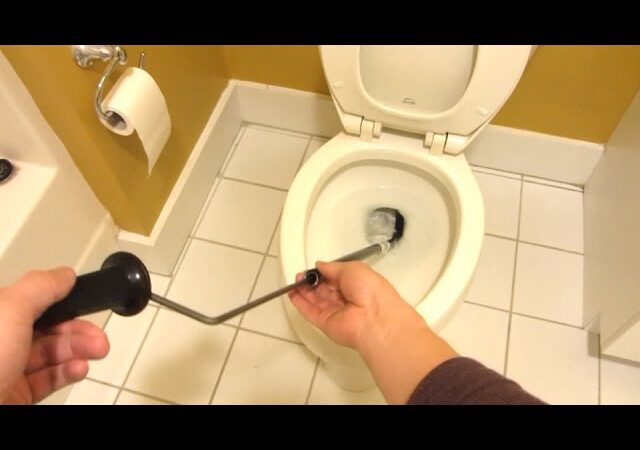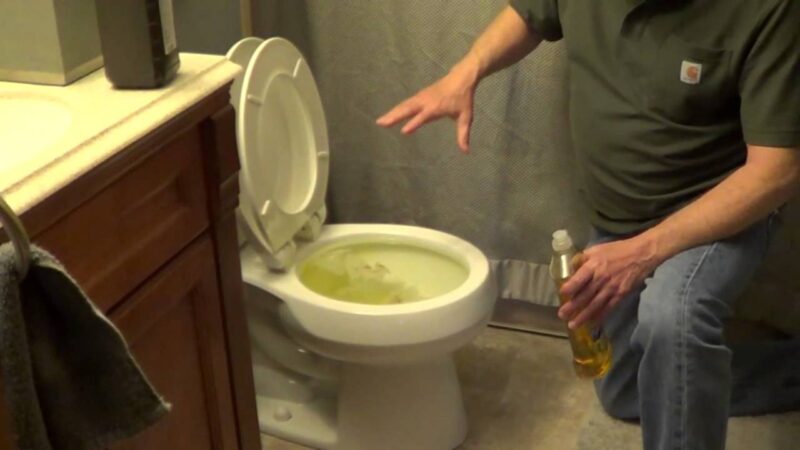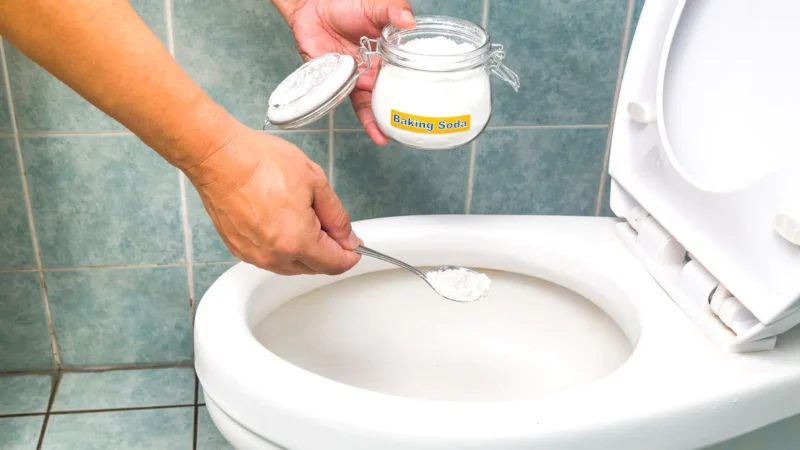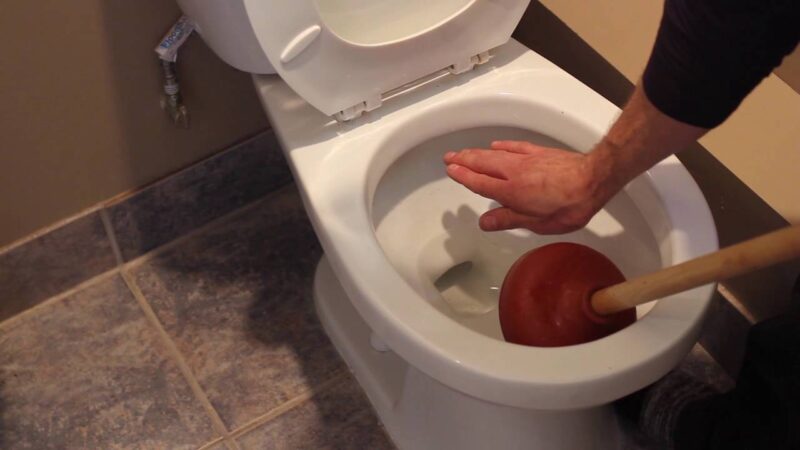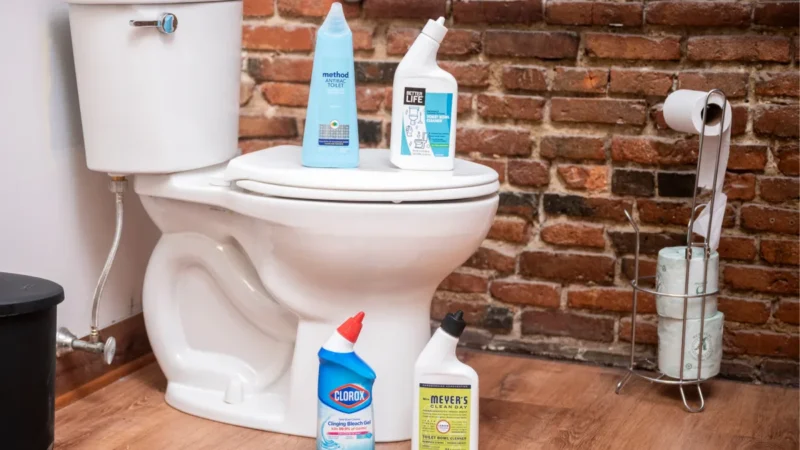How To Replace Bathroom Fan?

Having a good bathroom fan is important to keep the air fresh and dry. Over time, fans can get noisy or stop working. Replacing your bathroom fan might seem hard, but you can do it yourself with the right tools and a little help. This article will swell the steps to change your bathroom fan. This way, you can keep your bathroom comfortable and well-ventilated.
Why Install a Bathroom Exhaust Fan?
Bathroom fans are essential for removing excess moisture and unpleasant odours and preventing mould and mildew buildup. They also help protect your bathroom’s paint and wallpaper from damage, such as blistering or peeling, and keep doors and windows from warping over time.
If your bathroom doesn’t have a fan or you’re remodelling, adding one can be a smart move. Getting a contractor to install it can cost up to $800. But if you decide to do it yourself, it could be around $370, plus any tools you need. Doing it yourself can help you learn new skills and save you money.
Getting Ready to Install Your Bathroom Fan
Before installing your bathroom exhaust fan, you must prepare to ensure you select the right fan for your needs and space. Here Here’sou need to consider the following:
Calculate the Required CFM Rating
To find the appropriate fan strength, you’ll you’llo determine the CFM (cubic feet per minute) rating for your bathroom. Here’s Here’s do it:
- Measure the room’s dimensions: Length x Width x Height to get the cubic footage.
- Divide that number by 7.5 to get the recommended CFM rating for your fan.
- This calculation ensures the fan is powerful enough to efficiently ventilate your space.
Choose the Desired Noise Level
The sound level of a bathroom fan can impact your comfort. Exhaust fans have sound ratings ranging from 0.5 (very quiet) to 6 (very loud). For minimal noise, aim for a fan rated at 1.0 or below. Fans with ratings between 2 to 3 are usually moderate and not overly disruptive.
Determine the Best Installation Location
The placement of your fan is crucial for optimal ventilation. It should be installed between the shower and toilet in the centre of the room to efficiently remove moisture and odours.
- Check your attic space for new installations to confirm there’s clearance. The fan housing should fit between two joists without obstructions.
- Installing the new fan in the same spot is generally easier when replacing an existing fan, simplifying wiring and ductwork.
Gather the Necessary Tools and Materials
Before you begin, ensure you have everything you’ll need. Here Here’sklist:
Tools
- Power drill
- Screwdriver
- Combination pliers
- Jigsaw, reciprocating saw, or drywall saw
- Foil duct tape
- Framing square
- Pencil
If you plan to vent the fan through the roof, you’ll you’ll:
- Roofing cement
- Shingles
- Roofing nails
Materials
- Vent cap
- Flexible duct pipe
- Caulk
- Screws
- Wire nuts
- Safety goggles
- Mask
- The bathroom fan itself can cost anywhere from $15 to over $100, depending on its features.
By gathering all the necessary information and tools ahead of time, you’ll be able to install or replace your bathroom fan with ease.
How To Remove Old Fan?
Step 1: Take Off the Fan Cover
Start by removing the cover of your old fan. Look at the visible part of the fan on the bathroom ceiling. If there are screws, use a screwdriver to unscrew them and remove the cover. If no screws are visible, the cover is likely snapped into place. Look for a tab you can press to release it. If there is there’s, use a flathead screwdriver to gently pry at the edge where the cover meets the ceiling to detach it.
Step 2: Disconnect the Wiring
Once the cover is removed, you’ll you’ll wires connected to the fan’s fans. A voltage detector near the wires ensures the power is turned off. If everything is safe, you can proceed to disconnect the wires.
- If the wires are connected through plastic connectors, remove the connectors to separate the wires.
- If there are no plastic connectors, unscrew the junction box cover on the fan’s fans to access the wiring.
- Some fans, such as one mounted on a joist, may be connected to a standard plug leading to an outlet. If so, simply unplug the fan.
Step 3: Disconnect the Vent Pipe
The vent pipe runs from the fan housing to a vent in the roof. Detach this pipe from the old fan. If it’s sealed with HVAC tape, peel it away. A clip or screws may also hold it. Use a screwdriver if needed to remove any clips or fasteners. Once those are loosened, gently pull the vent pipe away from the fan housing.
Step 4: Remove the Fan Housing
Look for the screws that hold the fan housing in place. These may be located on the bottom of the fan housing, which you can access from the ceiling or attic, requiring you to climb up and remove them from above.
- If accessing from the attic, place a piece of plywood across the joists to create a stable surface to kneel on.
- Have someone help you by holding the housing while you remove the screws.
- Once the screws are removed, carefully pull the fan housing out from the ceiling.
How to Install a New Bathroom Exhaust Fan
Now that you have all the necessary tools and materials, you can install your new bathroom exhaust fan. Follow these steps for a smooth installation process.
Drill a Reference Hole and Mark the Ceiling
Start by drilling a small reference hole in the ceiling where you plan to install the fan. Use a power drill with a 3/4-inch (1.9 cm) spade bit. Once the hole is drilled, measure the dimensions of the fan housing.
Next, go up to your attic and locate the reference hole. Clear away any insulation in the area, and ensure the fan housing fits between the joists. Return to the bathroom and use a framing square and pencil to mark the intake port outline on the ceiling based on the fan’s measurements.
Cut the Hole for the Intake Port
Using a jigsaw, carefully cut out the marked space in the ceiling. Don’t forget to wear safety goggles and a mask to protect yourself from dust and debris.
Position the Exhaust Fan
Before placing the fan in the ceiling hole, attach a 90-degree duct elbow to the exhaust port using foil duct tape. Then, insert a cable connector through the knockout hole on the fan’s fans and slide the metal brackets into place.
Once the brackets are secure, centre the fan above the hole and gently lower it into position.
Secure the Fan to the Joists
Once the fan is correctly positioned, extend the metal brackets to the joists on either side of the housing unit. Use drywall screws to secure the brackets.
Next, use foil duct tape to attach one end of the flexible duct pipe to the 90-degree elbow on the fan housing. Run the electrical cable through the connector, ensuring the connection is tight (if your fan has a light, you’ll need a three-wire cable).
Find the Duct Exit Point
The duct should exit through the shortest and straight path to the outside, either through a sidewall or the roof. Ensure the duct pipe is not stretched too tight and has enough slack for airflow.
Install the Vent Cap
If the duct exits through a sidewall, measure the location of the studs inside the wall and mark the same spot outside. Then, use a 4-inch hole saw to cut through the wall and secure the vent cap in place.
For a roof exit, measure and cut the hole inside, then go onto the roof and remove the shingles covering the hole. Install the vent cap with roofing cement and nails, then replace any displaced shingles. Attach the duct pipe to the vent cap using duct tape in the attic.
Wire the Connections
Depending on your fan type, you may need to wire the connections from the attic or the bathroom. Make sure the power is turned off before starting.
Open the housing unit and pull out the fan wires. Strip 5/8 inch (1.6 cm) of insulation from the fan and electrical cable wires. Twist together the wires of the same colour, then add connectors. Attach the ground wire to the green grounding screw and tighten it.
Once the connections are secure, place the wires back into the electrical unit and close the cover.
Attach the Grille and Test the Fan
Plug the blower motor into the electrical receptacle and secure it with the provided screws. Attach the grille by slipping the mounting wires into the fan housing slots, ensuring it’s tightly secured against the ceiling.
Finally, turn the power back on and test the fan to ensure it’s working properly.
When to Call a Professional
If you’re installing a bathroom exhaust fan that is a different size from the existing one, it may require additional framing to fit properly. Similarly, installing a bathroom exhaust fan that is a different size can be a complex task if it involves accessing the attic. In these cases, hiring a professional is best to ensure the job is done correctly.
Recommendation
How to Get Rid of Ants in Bathroom?
How To Remove Bathroom Sink Stoppers?
Why Does My Bathroom Smell Like Sewage?
Best Bathroom Cleaner For 2025
Best Bathroom Flooring Ideas for 2025
What is the Best Flooring for a Small Bathroom?
How to Decorate a Bathroom Shelve?
The Ultimate Guide to Keeping Your Glass Shower Doors Spotless
25+ Best Bathroom Door Ideas for an Elegant and Functional Space
How to Install Wallpaper in a Bathroom: A Comprehensive Guide
How To Replace A Shower Handle
Small Toilet Ideas – 50+ Best Toilet Designs
How to Install a Shower Drain?
Why Your Toilet Won’t Flush? Main Causes And Solutions
Conclusion
In conclusion, replacing your bathroom fan is a manageable DIY project that can improve your bathroom’s comfort and safety. By following the steps to remove the old fan, install the new one, and ensure proper wiring and venting; you can do it yourself and save money. However, if the job requires extra framing or access to the attic, it might be a good idea to call a professional to make sure everything is done safely and correctly. With the right tools and preparation, you’ll see a well-functioning bathroom exhaust fan in no time.
FAQs
Q1: Can I replace a bathroom fan myself?
A1: Yes, replacing a bathroom fan is a project you can tackle independently. Whether it’s an it’s-mounted or ceiling-mounted fan, the process is straightforward if you have the right tools, basic electrical work and carpentry skills.
Q2: Do you need an electrician to replace a bathroom fan?
A2: If you need to replace the fan’s electrical components, call a licensed electrician. They have the expertise to handle any electrical work safely.
Q3: Is it difficult to replace a bathroom exhaust fan?
A3: Replacing a bathroom exhaust fan is generally an easy DIY project. You can complete the installation independently with the right tools, basic electrical and carpentry tasks knowledge, and some patience.
Q4: How much does it cost to replace a bathroom fan?
A4: The cost of replacing a bathroom fan depends on the type of fan you choose:
- Wall-mounted fans typically cost between $130 and $340, and installation costs are between $50 and $100.
- Ceiling-mounted fans that vent through the attic or roof usually cost between $60 and $250, depending on the size and noise level.

